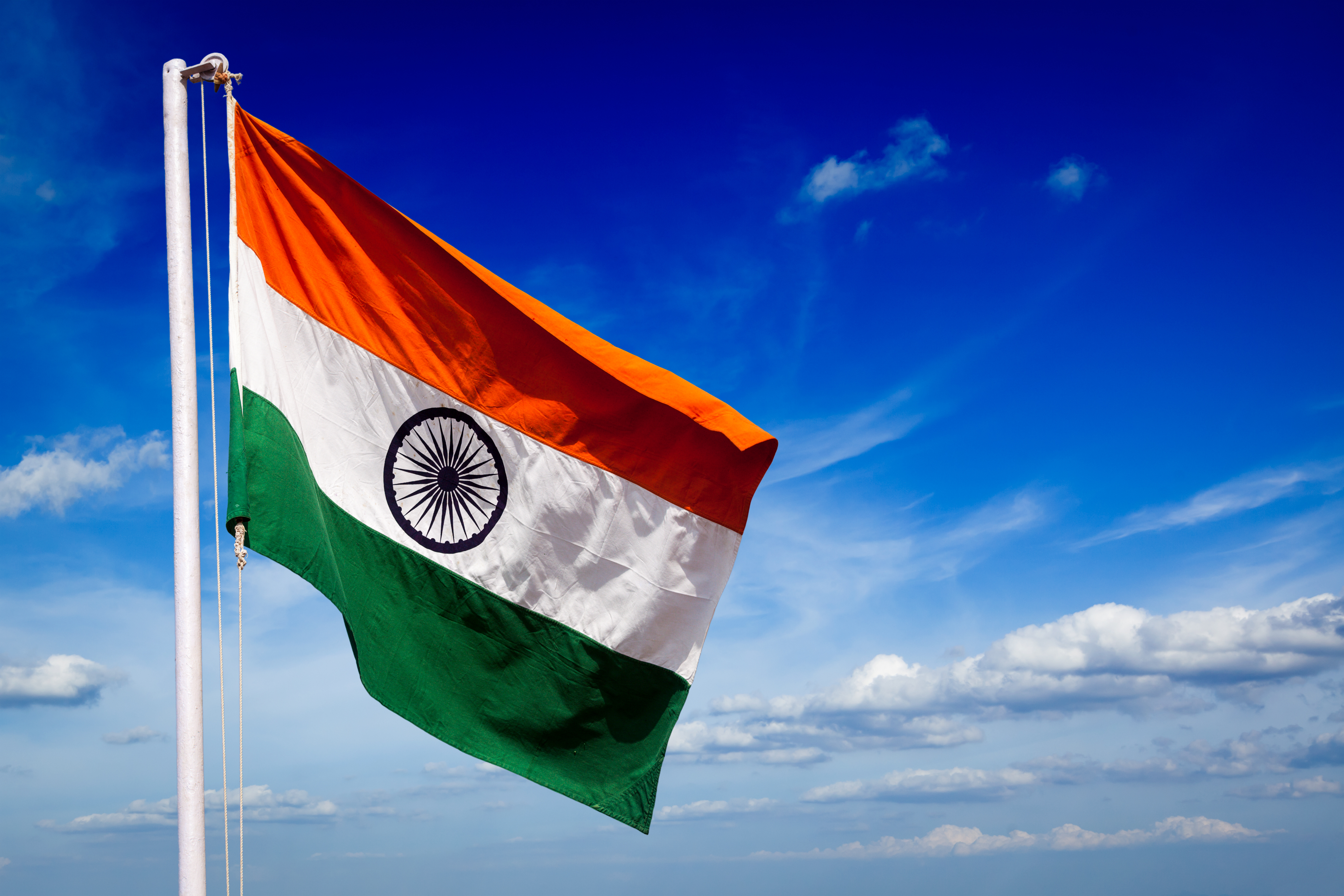Republic Day 2022: History, Evolution and Significance of Indian Tricolour
Republic Day 2022: India is celebrating its 72nd Republic Day on January 26. Like every year, the President of India will unfurl the national flag, also called the Tiranga, or tricolour, at the Red Fort, New Delhi. Below, we look at the evolution and significance of the Indian flag.
History
The first national flag of India was designed in 1904 by Sister Nivedita. It was a red coloured flag with yellow stripes at the edges, a Vajra in the middle with the words Vande Mataram flanking both sides.
On August 7, 1906, the first tricolour flag was hoisted at Parsee Bagan Square (Greer Park) in Kolkata. It had three horizontal bands of blue, yellow and red, with eight stars representing the eight provinces of India at the time and the words Vande Mataram inscribed in the yellow band. The bottom red stripe depicted the Sun and a crescent moon and star.
Madam Bhikaji Cama unfurled a similar flag at Stuttgart, Germany, on August 22, 1907.
In 1917, a third flag, with the Union Jack, five red and four horizontal bands, seven stars and a crescent moon with a star appeared. It was hoisted by Dr. Annie Besant and Lokmanya Tilak during the Home Rule movement.
In 1921, freedom fighter Pingali Venkayya designed the Swaraj flag. The top band was white, the middle band green and the bottom band in red. A Charkha or spinning wheel was spread across the three sections and represented India’s independence from British rule.
In 1931, the green band went to the top, the white band to the middle with the Charkha inside it and saffron replaced the red at the bottom. Dr. Rajendra Prasad replaced the Charkha with the Ashok Chakra after India’s independence.
The present flag was adopted by the Constituent Assembly on July 22, 1947, as the flag of the Dominion of India. When India became a Republic, the design was retained.
Significance
The saffron colour of the flag represents courage. The white portion represents peace and truth and the Ashok Chakra represents Dharma or moral law. The green band represents fertility, growth and auspiciousness.
Read all the Latest News, Breaking News and Coronavirus News here.
For all the latest Lifestyle News Click Here
For the latest news and updates, follow us on Google News.



